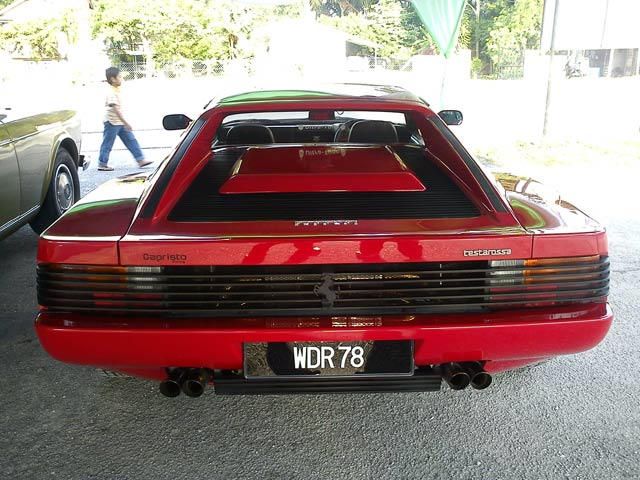There are two specific cars that I can point to as being major influences on my love of cars when I was a child. These cars are the 964 Series Porsche 911 Turbo and the Ferrari Testarossa. Like the 911, the Testarossa has a story spanning decades, but this is because the story of the Testarossa is really the story of the horizontally-opposed 12-cylinder engine, which predates the Testarossa. This is something which I immediately understood the first time I drove one.
The first time you hear those 12 cylinders fire up just over your right shoulder, the car takes on a whole new meaning. The flat-12 enjoyed an eventful history in Formula 1, but without question the most iconic of all racecars to have used such a power plant was the Le Mans-winning Porsche 917. Built to take advantage of a Le Mans engine displacement loophole that was actually intended simply to allow the Ford GT-40 to continue racing, the 917 was powered by a 4.5-liter air-cooled flat-12. The car won two overall victories at Le Mans (1970 and 1971), and achieved further immortality with a prominent role in Steve McQueen's Le Mans.
The 917 soundly defeated the Ferrari 512 and its V12 power plant. After that, Ferrari switched to flat-12 engines for most of their motorsports applications, and it was shortly after that that the really interesting part of the history of the flat-12 began to take shape. In 1973, Ferrari became the first manufacturer to put a flat-12 engine in a road car, the Berlinetta Boxer. The first of these was the 365 GT4 BB, which had a body and alphanumeric designation similar to the Daytona, but with the engine in the middle, like the Dino.
This first flat-12 road engine was actually mechanically very similar to the Daytona's 4.4-liter V12, but the V angle was simply widened from 60 degrees to 180, flattening it out. The BB also set a new standard for mid-engine Ferraris by having a longitudinally mounted engine. This differed from the transverse setup found in the Dino or the BB's main rival, the Lamborghini Miura. Ferrari only waited three years before making a number of improvements, and in 1976 they brought out the BB 512.
For this car, the engine displacement was increased to 4942cc and compression increased to 9.2:1, a formula Ferrari would stick with for their flat-12 engines for the next 15 years. Power was increased from 344hp to 360hp, and a twin-plate clutch was added to help deal with this extra power. The car also got improved wheels and suspension, and since this allowed for much faster cornering, the engine received a new dry sump lubrication system, to prevent oil starvation. Fuel injection came to the BB in 1981, in the form of a Bosch K-Jetronic system.

